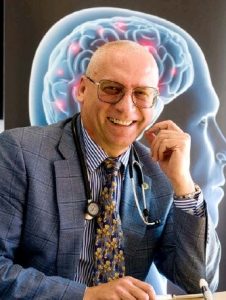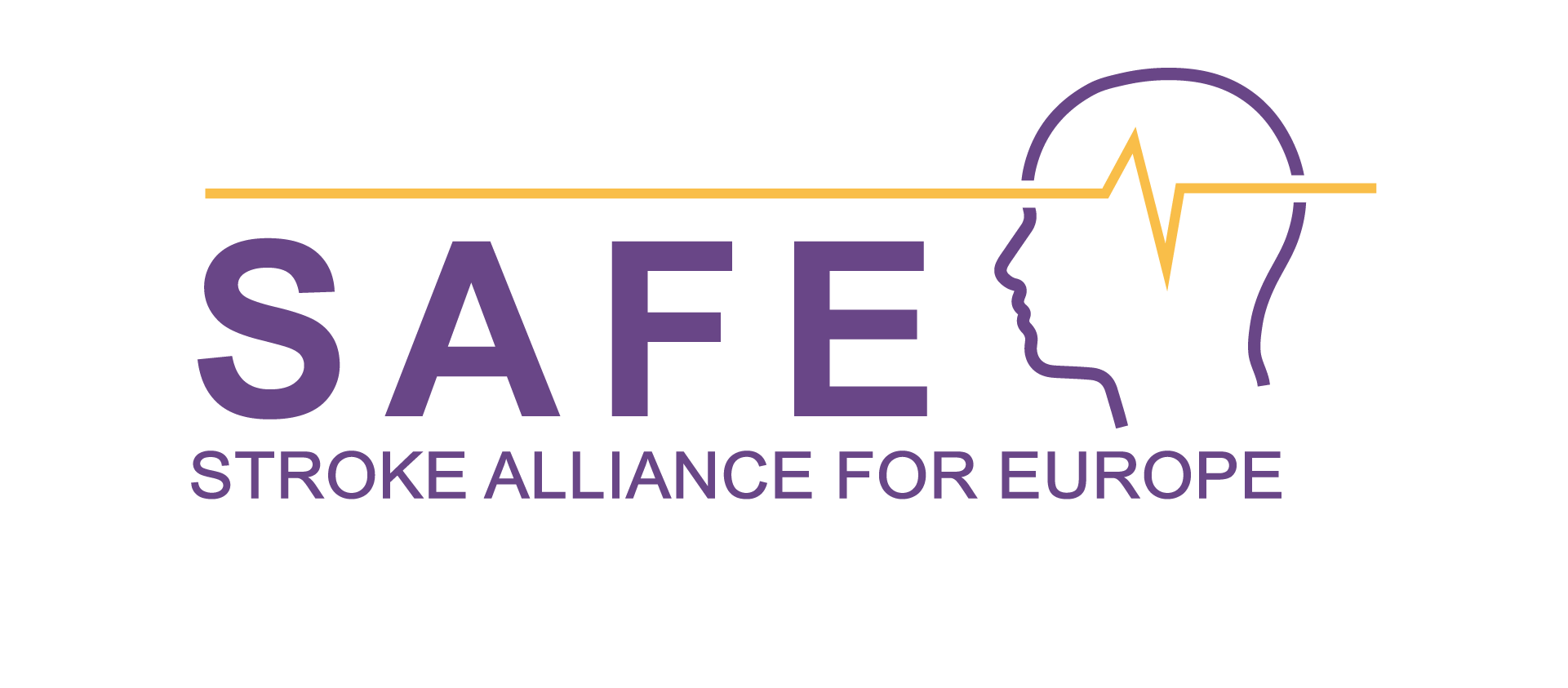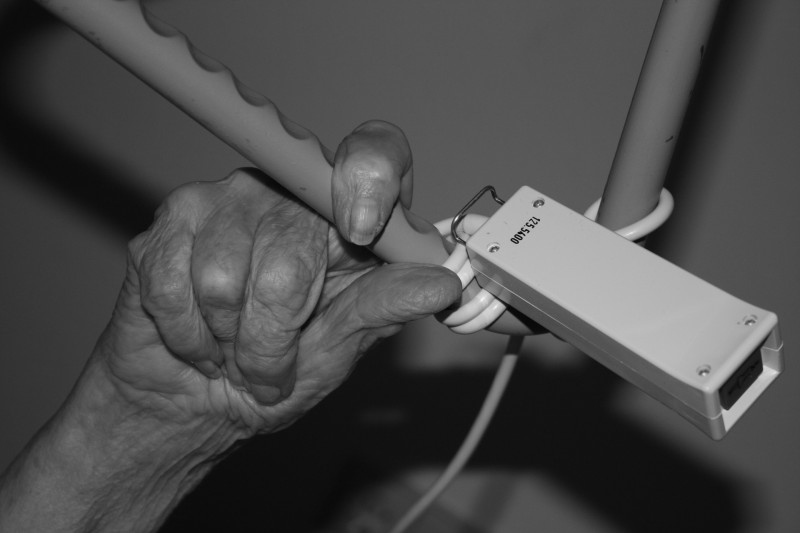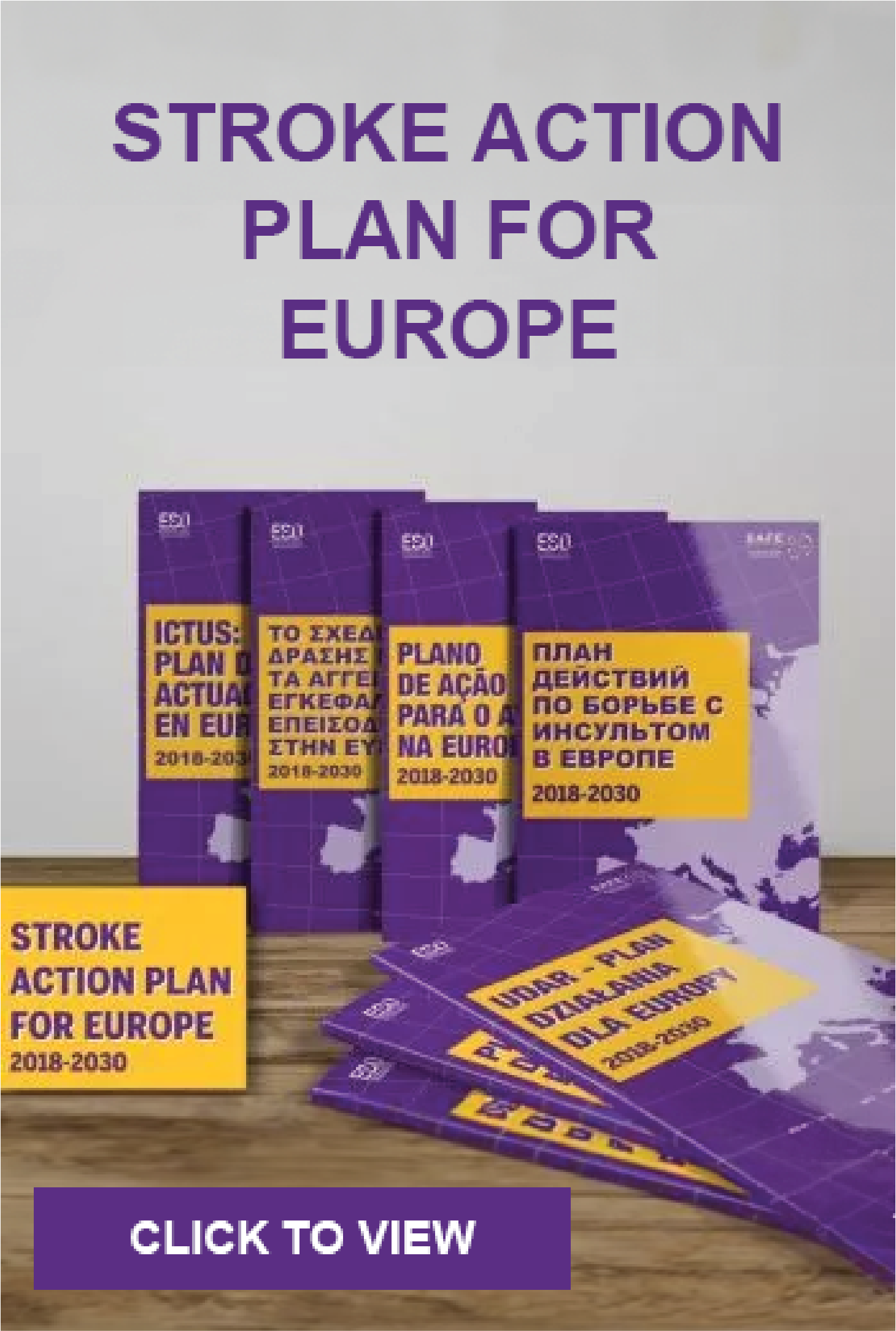Written by Jelena Misita, SAFE Awareness and Advocacy Manager

Prof. Valery Feigin, photo credits: www.stroke.net.nz
I first met Prof. Valery Feigin in person in Gothenburg this May, when he visited SAFE stand at ESOC 2018. I knew him, of course, from the literature, with his name coming across many references. According to his official biography, this was hardly any wonder, as he had published over 600 research articles over his career and his publications have been cited over 30,000 times, within his prime research interest fields- prevention and management of stroke, epidemiology and traumatic brain injury.
Imagine my surprise when he suddenly appeared at a patient support organisation stand, shook my hand and said he’s started a website for patient support in New Zealand. I just had to tell him that in stroke world, he is nothing short of a celebrity and that we will be honoured to help him spread the news about his latest project. The project is in fact being realised through the New Zealand Stroke Education Trust, a charitable organisation based in New Zealand.
We set up an interview and I used the opportunity to ask him not only about his current project, but also about his view on the Stroke Action Plan for Europe 2018-2030, ICD-11 and how could these things lead to a real-life impact on stroke prevention, treatment and after-care.
Your website is recently launched, just before ESOC 2018. It is very comprehensive, with an extensive range of materials aimed to help people who had stroke and their families. What was the initial spark that led to this project and how long did it take to get from an idea to this fully developed project?
We all know that the burden of stroke is increasing in each and every country of the world and the number of stroke survivors has already increased to a level (over 80 million) that threatens the sustainability of the health system as a whole.
In this situation there is increasing recognition among stroke experts that the only stroke self-management interventions that can help to improve recovery post-stroke and reduce the burden in stroke survivors are those that can be used by stroke survivors and their family members at any time, as long as required, in virtually any settings (e.g. home, rest-home etc.) with only minimum input from health professionals. Such interventions should be based on the best available evidence and be culturally appropriate and affordable. Ideally, they should employ a role-model tutorial approach where most of the rehabilitation and stroke general care procedures are shown by lay people of different ages, sex and ethnicity/race in order that the viewers can associate themselves with these role models and say “If they can do it, then I can do it too”.
However, as far as we are aware, until recently there were no such evidence-informed self-management programmes available anywhere in the world. That is why we decided to provide such information for people affected by stroke, and their family members. It took us 2 years to develop the audio-visual materials and about 3 years to test their acceptability and effectiveness in a pilot (proof-of-concept) randomised controlled trial. My colleague from the National Institute for Stroke and Applied Neurosciences at AUT University, Dr Kelly Jones and collaborators, have recently tested these video clips in a multicenter proof-of-concept randomised controlled trial (Australian New Zealand Clinical Trials Registry number ACTRN12612001287820) in 6 countries, and the intervention has proved to be highly acceptable (Clinical Rehabilitation 2018, accepted for publication).
There is a subscription fee, a rather symbolic one, just 1 USD for accessing the video tutorials. However, this is only for individuals. What happens if an organisation wants to use and share these videos?
Yes, this subscription fee for individuals is rather symbolic. We have done it deliberately to make these tutorial materials maximally affordable for individuals. As a practicing stroke physician I know perfectly well how much financial burden stroke imposes on people affected by stroke, and their families. For an organisation (hospital, outpatient clinics etc.) we offer a subscription fee of 10 USD per year and they can use and share video clips they purchase online, but only via streaming these videos within the organisation. They may not share them outside the organisation.
The materials, videos and texts on your website are now available in English language. Considering that over 80 million of stroke survivors worldwide could benefit from these information, are you planning to translate the content any time soon and to which languages?
This is a very good question. Indeed, over 80 million stroke survivors worldwide could benefit from this information and our charitable trust is determined to make all these rehabilitation video clips completely free of charge to as many countries as possible. Therefore, if there are governments, Ministers of Health or any other organisations who would be willing to pay a reasonable licence fee to have these video clips freely available for streaming to their citizens at any time and frequency, we encourage them to contact us (nzset@stroke.net.nz), so we can work out the logistics of these arrangements. If this is conditional on the translation of the videos into another language, we would be happy to discuss this option with them as well.
The latest SAFE and ESO project, The Stroke Action Plan for Europe 2018-2030, was presented recently first at ESOC 2018 and then in the EU Parliament at the 2nd Stroke Summit. Providing recommendations for seven domains along the stroke care pathway, from primary prevention to life after stroke, this document aims to reach further than Helsingborg declarations. Speaking from your perspective of a scientist who dedicated most of his life to stroke, what do you think would be needed to bring these recommendations to life and make a real-life impact?
The initiatives of SAFE, ESO, the Stroke Action Plan for Europe 2018-2030, as well as similar initiatives of the World Stroke Organisation, American Heart/Stroke Association and other organisations to improve stroke prevention, enhance stroke recovery and eventually reduce the stroke burden worldwide are of absolutely crucial importance. I think the key to the success of all these initiatives is two-fold. First, health care policy makers (governments and the like) have to recognise the already huge and continuously increasing stroke burden (in terms of the increase in the absolute number of people affected by stroke) in each and every country of the world and if they do not act now they will face a crisis of the health care system. Even now only about 1 in 5 stroke survivors discharged from a hospital in New Zealand or Australia have access to community rehabilitation services, and in most cases these services are only available for about 3 months. However, stroke recovery is a continuous process that last for months and, in some patients, for years. Therefore, all stroke survivors have to have access to ongoing rehabilitation services for as long as required. And this is one of the main problems SAFE and NZSET are trying to address by promoting self-management rehabilitation strategies. However, a real solution to the problem is primary prevention to avoid stroke in the first place. And this brings me to the second key issue to the success of implementation of these recommendations into real life. People must recognise that stroke is a real threat and, on average 1 in 6 of us will have a stroke in our lifetimes. However, stroke is highly preventable and up to 90% of all strokes can be avoided if people know their risk of having a stroke, their personal risk factors and how to control them. This highlights the need for an accurate and user-friendly tool to arm individuals to evaluate their own stroke risk, motivate them to reduce their risk and have access to the knowledge to manage their risk, with built-in feedback and the ability to monitor progress. Therefore, the National Institute for Stroke and Applied Neurosciences (NISAN) at AUT University (New Zealand) in collaboration with national and international experts, has developed the validated Stroke RiskometerTM App as a tool to enhance stroke prevention. Users complete a short questionnaire (3-5 mins) based on a validated algorithm. They are then instantly provided their 5 and 10 year risk of stroke, their relative risk compared to someone their age and sex with no risk factors, and a list of their identified risk factors. Using the app could give people an accurate estimate of their likelihood of having a stroke, and more importantly give them an invaluable starting point in terms of identifying what they need to address in terms of their risk factors and stroke warning signs to minimise their chances of suffering a stroke. The app can be dowloaded for free from App Store or Google Play. More information about the app can be found on the NISAN website https://nisan.aut.ac.nz/Stroke-Riskometer
Given your engagement at WHO, one cannot but ask you about the ICD classification debate around stroke. Now that stroke is finally classified as a brain disease, could you tell us your thoughts on what could happen next? How do you think this might influence stroke research projects, stroke perception among professionals? In the end, would this affect lay people and how?
Since 1955, the WHO International Classifications of Diseases (ICD) has incorrectly categorised stroke over several different chapters, hindering the development of effective stroke medicine, including stroke awareness and prevention and evidence-based health care planning and organisation. In the ICD-11 revision, stroke was for the first time classified as a single block under the anatomical region it belongs to – the brain. The public health impact of this change in the ICD-11 classification will be enormous, as the use of ICD-11 is mandatory for all health care professionals and decision makers (including Ministry of Health) in all countries. In practical terms this also means that from now on there will be appropriate allocation of resources to combat the scourge of stroke, including health care, prevention and research. This would have a profound positive effect not only on health professionals and academics working in the area of stroke but also on lay people because they will eventually receive better care for stroke prevention, treatment and rehabilitation.





